Visiting family in Vietnam is a special journey, filled with anticipation and the promise of heartfelt reunions. For Australians living abroad, this trip can be one of life’s most meaningful adventures—but it comes with its own set of challenges, particularly when it comes to understanding Vietnamese visa requirements. Whether you’re an expat, dual citizen, or just temporarily residing outside Australia, navigating the complex landscape of visas can feel confusing and even overwhelming. This guide, focused on Visiting Family in Vietnam? Visa Tips for Australians Living Abroad, provides the clarity, step-by-step instructions, and practical insights you need to prepare for your visit with confidence. Let’s ensure your experience centers on reconnecting with loved ones, not wrestling with paperwork.
Introduction: Navigating Vietnamese Visa Requirements for Overseas Australians Visiting Family
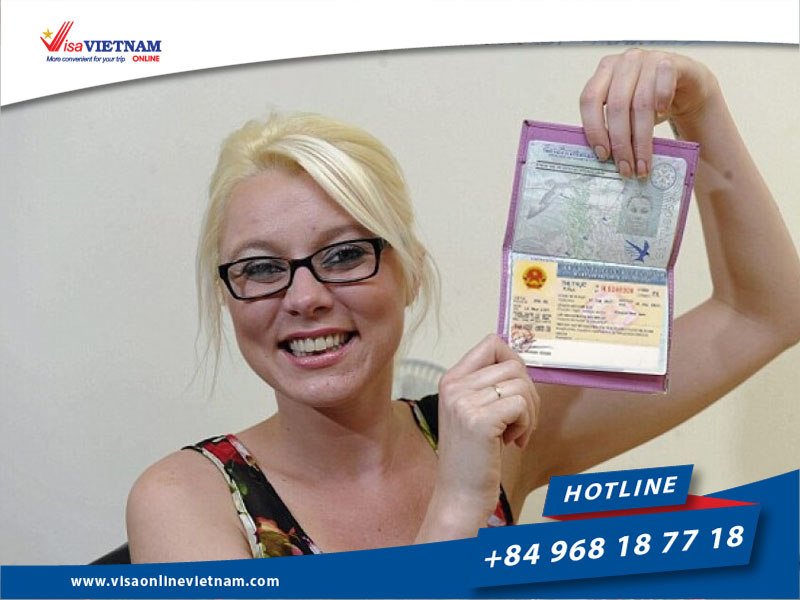
Organizing a trip home or to visit family in Vietnam from overseas is both exciting and daunting, especially if you are an Australian citizen now living in another country. The emotional significance of reuniting with parents, siblings, grandparents, or extended family can be immense, but navigating the bureaucratic hurdles of international travel—especially those involving visas—is something few look forward to.
With Vietnam’s immigration policies evolving over time, and visa regulations differing depending on factors like citizenship status, residency, and length of stay, it’s easy for misinformation and assumptions to slip into the planning process. Many Australians living abroad may have questions such as: Do I need a visa if I’m only staying a couple of weeks? Can I apply online or must I go through a consulate? What happens if my passport has expired or my last visit included an overstay?
Before delving into the technicalities, it’s crucial to understand that most Australians, regardless of where they currently live, do require a visa to enter Vietnam. While some countries enjoy short-term visa exemptions or simplified entry processes, Australians—unless eligible under rare transit scenarios—should prepare for the standard application regimen.
This introduction sets the stage for our comprehensive exploration of Vietnamese visa requirements for Australians abroad. We’ll cover everything: from determining if you need a visa, choosing the appropriate type, gathering documents, handling common pitfalls, extending your stay, and ultimately ensuring your journey to see family is as smooth and joyful as possible.
The Emotional Value of Family Visits
For many Australians abroad, visiting family in Vietnam transcends tourism; it’s about reconnecting with roots, rekindling cultural ties, and sharing precious moments after long periods apart. These trips often involve significant financial, emotional, and logistical investment—not to mention the intricacies of aligning flights and schedules across continents. That’s why getting the visa process right on the first try is so important.
Why Visa Planning Is Crucial
Overstaying a visa or entering Vietnam with the incorrect documentation can lead to serious consequences: hefty fines, detention, or even bans from re-entering the country. Taking proactive steps to research and properly apply for the right visa isn’t just about ticking boxes—it’s about protecting the integrity and enjoyment of your family reunion.
Overview of This Guide
Throughout this guide, you’ll find detailed breakdowns of every key consideration, creative workarounds for common obstacles, and tips drawn from real-life experiences of Australians who have successfully navigated the Vietnamese visa maze. By the end, you’ll feel equipped to focus on what truly matters: making lasting memories with your family in Vietnam.
Understanding Visa Categories: Tourist Visas vs. Family Visit Visas for Vietnam

When considering Visiting Family in Vietnam? Visa Tips for Australians Living Abroad, one of the first and most important steps is understanding which visa category best fits your circumstances. Many travelers mistakenly assume there’s a specific “Family Visit” visa for situations like theirs, but the reality is more nuanced—and knowing the difference between the available categories can save time, stress, and money.
Vietnam’s visa options for Australians fall broadly under several categories, each catering to different travel intents and durations. Choosing wisely means aligning your intentions (visiting family, touring, business, etc.) with the allowed activities under each visa class.
Demystifying the Tourist Visa (DL) for Australians
The Tourist Visa (DL) remains the most popular and accessible choice for Australians wishing to visit family in Vietnam. It’s designed mainly for leisure and sightseeing, but in practice, it also covers personal visits such as spending quality time with relatives.
A key point for Australians: there isn’t a uniquely named “family visit visa.” Instead, the tourist visa generally suffices for those whose primary intent is non-commercial and non-employment related. Tourist visas come in various durations (30 days, 90 days, up to one year, single or multiple entry), providing flexibility for both short and longer stays.
What makes the tourist visa attractive is its straightforward application process and relatively lenient documentation requirements. You may need to detail the purpose of your visit, but embassy staff are accustomed to applicants visiting family or friends. In some cases, a letter of invitation from your Vietnamese family member can support your application, especially for longer stays or multiple entries.
Business Visa (DN) and Extended Stay Options
While primarily intended for travelers engaging in business, the Business Visa (DN) has been used by some Australians for longer stays, particularly if their visit involves work, networking, or attending events linked to Vietnamese companies. However, using a business visa for purely personal/family reasons without legitimate business activity is risky and can complicate future applications.
If you anticipate needing to stay up to a year—or plan frequent trips within a short period—a multi-entry business or tourist visa might be suitable. These visas provide adaptability for those who split their time between Vietnam and another country or wish to explore Southeast Asia while maintaining a base in Vietnam. Yet, always remember that each entry typically caps the maximum duration of uninterrupted stay (often 30-90 days per entry).
Visa on Arrival (VOA): Convenience Versus Risks
Visa on Arrival (VOA) has gained popularity thanks to its ease and speed. Here, you secure pre-approval online and receive your visa at the airport upon landing in Vietnam. VOA is only valid for air arrivals and, while convenient, carries risks—such as scams, unofficial agents, and occasional changes in airport protocol.
For Australians abroad, VOA can be a lifesaver if you’re making last-minute plans or residing in a country with no nearby Vietnamese embassy. However, the reliability of this option fluctuates with government policy changes and global events (such as pandemic restrictions). If you choose VOA, ensure you use official channels and double-check your eligibility before booking flights.
Key Takeaways When Selecting a Visa
Understanding visa types is foundational to a successful application. Always match your travel intentions with the permitted activities of each visa. For most Australians visiting family, the tourist visa is the safest bet. For longer or repeated visits, investigate multi-entry options—but beware of overstays and declare your true purpose honestly. If in doubt, consult directly with the nearest Vietnamese consulate or embassy.
Essential Documents and Application Process for Vietnamese Visas: A Step-by-Step Guide for Australians Abroad
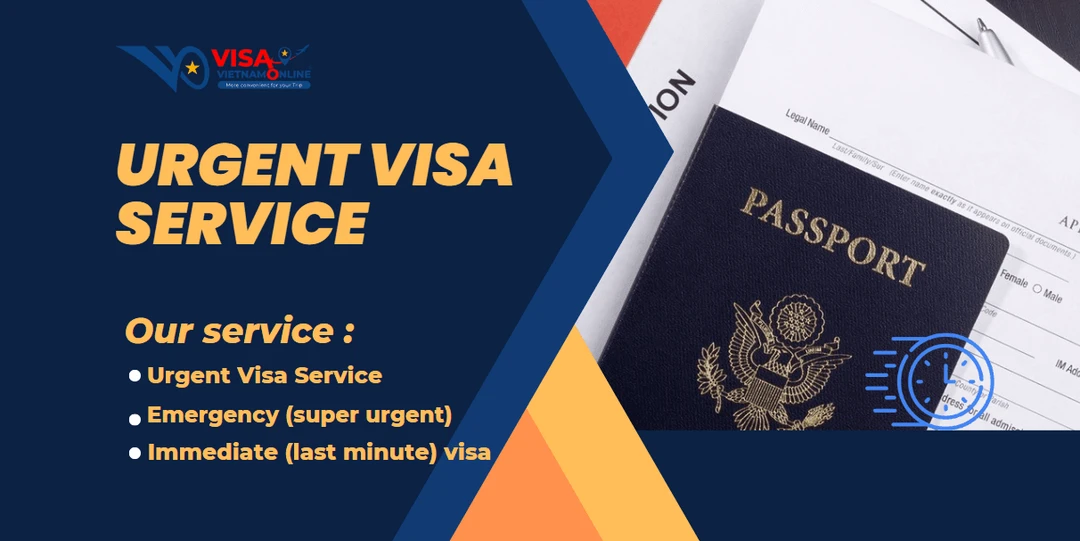
With the appropriate visa type identified, Australians living abroad must now navigate the often-daunting paperwork required to secure Vietnamese entry. The process may seem bureaucratic, but with careful organization, it’s entirely manageable. In this section, we’ll walk you through the critical steps and documentation needed, providing creative solutions for common hurdles faced by expats.
Applying as someone living outside Australia adds layers of complexity, including proof of lawful residence in your current country and possibly translation of supporting documents. Let’s break down this process so you know exactly what to expect.
Preparing Your Passport: Validity and Blank Pages
Your passport is the cornerstone of any visa application. For Vietnam, it must meet two main requirements: at least six months’ validity beyond your planned departure from Vietnam, and at least two blank pages for visa stamps and endorsements.
If your passport expires soon, renew it before applying—even if it means delaying your trip. Applying with a nearly expired passport may result in immediate rejection and wasted fees. Similarly, check your passport’s page count; if it’s running low, consider requesting additional pages from your issuing authority.
Australians living abroad should note that renewing an Australian passport often takes longer when processed through embassies or consulates. Start early and keep physical copies of all vital pages for reference during the visa process.
Completing the Vietnamese Visa Application Form Accurately
The Vietnamese visa application form is typically available for download from your chosen embassy or consulate’s website. Fill out every field clearly, using block letters, and ensure information matches your passport exactly.
Common pitfalls include typos in names, inconsistent birthdates, or mismatched passport numbers. Any error can delay your application or cause denial at the point of entry. Double-check details, and if English isn’t your first language, consider having a friend or translator review your form before submission.
Some embassies request digital forms, while others require printed copies signed in ink. Always follow the latest guidance on the official site, and don’t forget to attach a recent passport-size photo (meeting specified dimensions and background color).
Supporting Documents: Proof of Residence, Travel Plans, and Financial Means
As an Australian living abroad, you’ll likely need to submit proof of legal residency in your current country. This could be a visa, work permit, residence card, or similar government-issued document. Ensure it’s valid throughout your intended trip to Vietnam.
You may be asked for evidence of onward travel—usually a return flight ticket. If your plans are flexible or you intend to visit other Southeast Asian countries afterward, consider booking a refundable ticket or presenting an itinerary showing exit from Vietnam.
Financial capacity is another criterion. Prepare recent bank statements, payslips, or a sponsorship letter from your Vietnamese relative (if applicable). While smaller amounts are usually accepted, make sure your balance reflects enough to cover accommodation, food, and emergencies during your stay.
Additional documents may include:
- Letter of invitation from your Vietnamese family (optional but helpful)
- Proof of accommodation (hotel bookings or a letter indicating you will stay with family)
- Photocopies of previous Vietnamese visas (if you’ve visited before)
With all documents in order, you’re ready to proceed confidently to the next phase: submitting your application.
Visa Application Locations: Vietnamese Embassies, Consulates, and Online Options for Australians Living Overseas
Knowing where to apply for your Vietnamese visa is just as important as assembling the right documents. For Australians based outside their homeland, location-specific rules and processing times can impact both when and how you submit your application. In this section, we examine your options—whether in-person at consulates, via mail, or through online systems.
Vietnamese Embassies and Consulates: Pros, Cons, and Practical Advice
Traditional visa applications are handled by Vietnamese embassies and consulates around the world. Each mission has jurisdiction over certain geographic areas and may impose unique requirements or documentation standards.
It’s generally best to apply through the embassy or consulate serving your current country of residence. For example, an Australian living in Germany would apply through the Vietnamese Embassy in Berlin. Attempting to process your application through another country’s office (e.g., while traveling or in a third nation) may cause delays, confusion, or outright rejection due to jurisdictional limitations.
In-person visits allow you to ask detailed questions and receive direct feedback, but may require advance appointments and present logistical challenges if the nearest consulate is far from your city. Some missions accept mailed applications, returning your passport with the visa affixed once complete. Check turnaround times and consider expedited service options if you’re on a tight schedule.
Online E-Visas: Accessibility and Restrictions for Australians
Vietnam’s move toward digitalization now allows citizens of many countries—including Australia—to apply for e-visas online via the Vietnam Immigration Department’s official portal. The e-visa system enables applicants to fill out forms, upload documents, pay fees, and receive approval notifications without leaving home.
However, e-visas are currently limited to 30-day, single-entry stays and can only be used at designated ports of entry (airports, selected land borders, and seaports). If your family visit requires a longer stay or multiple entries, you must still apply through traditional consular routes.
E-visas offer convenience, speed, and lower costs for shorter trips, making them ideal if your itinerary aligns with these parameters. As always, use only the official government site to avoid third-party scams.
Visa on Arrival (VOA): When and How to Use This Option
VOA is a hybrid solution, best suited for Australians who either lack a local consulate or need a visa quickly. To use VOA, you first obtain a pre-approval letter from a reputable agent or travel agency (always verify legitimacy!). Upon arrival in Vietnam, present this letter at the airport’s visa desk, pay the stamping fee, and receive your visa.
Remember, VOA is only available for air arrivals and cannot be used at land borders. Some embassies actively discourage VOA due to potential fraud and changing policies, so weigh the convenience against potential uncertainties—especially in times of heightened security or public health concern.
For peace of mind, those with adequate planning time and access to a nearby consulate often prefer traditional applications. Still, VOA remains a valuable tool for last-minute or emergency travel where conventional routes aren’t feasible.
Common Visa Application Challenges and Solutions for Australians with Expired Passports or Previous Entry Issues
Despite thorough preparation, Australians living abroad may encounter unexpected complications during the visa application process. Expired passports, previous overstays, or misunderstandings about Vietnamese immigration law can cause setbacks. This section explores common pitfalls and provides actionable strategies to overcome them, ensuring your family visit goes smoothly.
Dealing with Expired or Damaged Passports
An expired or damaged passport is a leading cause of visa denials. Even minor tears, missing pages, or water damage can raise red flags with Vietnamese authorities.
If you discover your passport is invalid close to your intended departure date, contact the nearest Australian embassy or consulate immediately. Most can expedite renewals, though fees and processing times vary by country. Keep in mind that new passports issued while abroad may require additional verification or supporting documents (like birth certificates or prior passports).
Carrying a copy of your old passport—alongside the new one—may help explain your situation at both visa offices and border checks. Never attempt to use a damaged passport for international travel, as you risk being turned away at the boarding gate or upon arrival.
Addressing Overstays or Previous Entry Issues in Vietnam
If you previously overstayed a Vietnamese visa, failed to adhere to exit protocols, or had disputes with immigration officials, these incidents might appear on your record.
Transparency is your best defense. When reapplying, honestly disclose past issues on your application form and provide an explanation letter if possible. Embassies are more likely to grant visas to applicants who acknowledge mistakes and show evidence of corrective action (such as paying any fines or rectifying paperwork).
If your overstay was significant or resulted in legal proceedings, consider consulting an immigration lawyer or visa specialist before reapplying. Repeat violations can lead to temporary or permanent bans, so always comply strictly with current regulations to preserve your ability to visit Vietnam in the future.
Navigating Changes in Vietnamese Immigration Policy
Vietnam’s visa policies are occasionally subject to rapid change—due to shifting diplomatic priorities, public health crises, or technological upgrades. Australians abroad may find information online that’s outdated or conflicting.
Rely on the official websites of the Vietnamese Immigration Department and your local embassy. Avoid unofficial sources or travel forums for definitive advice, as these may spread rumors or reflect discontinued procedures.
Sign up for alerts from both Australian and Vietnamese government agencies, and double-check all policies (including required documents, approved ports of entry, and fee structures) shortly before submitting your application. Flexibility and vigilance are crucial traits for any traveler in today’s unpredictable world.
Extending Your Visa and Staying Longer: Options and Considerations for Australians Visiting Family in Vietnam
Often, plans change once you arrive in Vietnam. Maybe family celebrations run longer, or urgent needs arise requiring you to extend your stay. Understanding the rules, options, and best practices for extending your Vietnamese visa will help you stay legally compliant—and avoid the anxiety of abrupt departures or penalties.
The Process of Visa Extension Within Vietnam
If you entered Vietnam on a tourist or business visa and realize you need extra time, it’s possible to apply for a visa extension or renewal while still in the country. Extensions are granted at the discretion of the Immigration Department, and success rates depend on your visa category, original length of stay, and reason for extension.
Tourist visas can sometimes be extended for an additional 30 days, provided you apply before your current visa expires. Applications are submitted through local immigration offices or via accredited visa agencies. Be prepared to submit your passport, current visa, hotel booking or family address, and a letter explaining your extension request.
Processing times range from five days to two weeks, and fees are non-refundable—even if denied. Planning ahead and initiating the process early is essential to avoid inadvertently overstaying your visa.
Switching Between Visa Categories: Is It Possible?
Suppose your family visit evolves into a longer-term stay involving business, study, or other activities. Can you convert a tourist visa into another category without leaving Vietnam? Technically, switching visas from within the country is challenging. Most applicants are required to exit and reapply from their country of residence or through a third-country embassy.
This rule discourages “visa runs,” where travelers repeatedly cross borders to reset their visa clock. If you foresee the possibility of needing a different visa type, factor this into your initial application and seek advice from your local embassy regarding available pathways.
Long-Term Stays: Multi-Entry and One-Year Visa Considerations
For Australians who visit Vietnam frequently or plan to spend extended periods with family, a multi-entry visa (valid for six months or one year) offers the greatest flexibility. These visas allow multiple reentries without securing fresh approvals each time.
However, each individual stay may still be capped (e.g., 90 days at a stretch), requiring periodic border crossings or brief returns to your country of residence. Always clarify these stipulations before traveling, and keep meticulous records of entry and exit dates.
Long-stay visas are not always available in every country and may require additional documentation—such as sponsorship letters, proof of property ownership, or a Vietnamese business affiliation. Consult your local embassy well ahead of time to explore your eligibility and streamline the process.
Conclusion
Visiting family in Vietnam is a deeply rewarding experience for Australians living abroad, offering opportunities to reconnect, celebrate, and reaffirm bonds that distance can never erase. While the journey requires careful navigation of visa laws, documentation, and ever-evolving policies, the steps outlined in this guide aim to transform complexity into clarity.
By understanding visa options, preparing thorough documentation, anticipating challenges, and staying agile in response to regulatory changes, you can ensure your family visit is joyous and stress-free. Remember: stay informed, start early, and seek advice from trusted official sources whenever in doubt.
Ultimately, your trip is about people, connection, and love. Let sound planning handle the logistics so your energy—and heart—remain focused on what truly matters: the reunion in Vietnam you and your family deserve.
This comprehensive article is designed to support Australians abroad in successfully navigating the Vietnamese visa process. For the latest updates, always refer to official Vietnamese government resources and your local embassy.
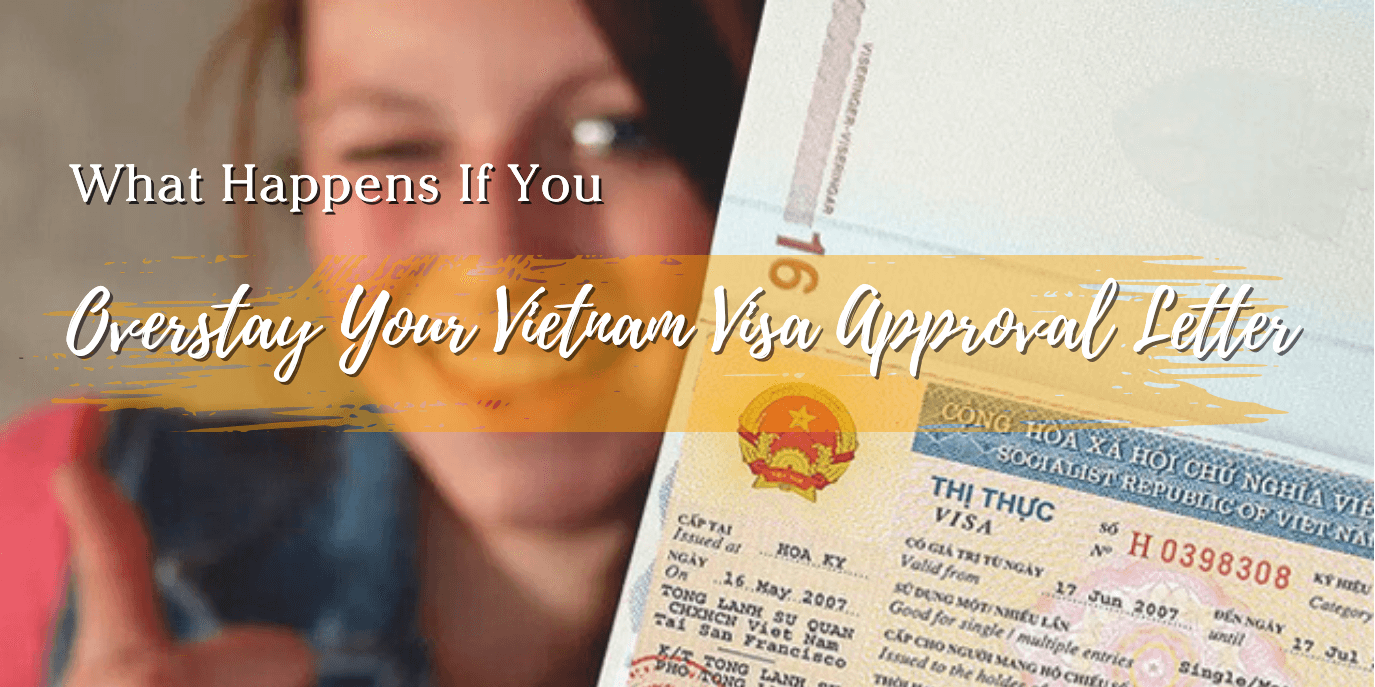
✈️ Airport Fast-Track VIP Services in Vietnam | VisaOnlineVietnam.com
Are you planning to land in Vietnam and want a smooth, stress-free entry at the airport? VisaOnlineVietnam offers premium Airport Fast-Track and VIP Services at the 5 major international airports: Tan Son Nhat (Ho Chi Minh City), Noi Bai (Hanoi), Da Nang, Cam Ranh (Nha Trang), and Phu Quoc. Skip the long queues, save valuable time, and enjoy a worry-free arrival experience.
🚀 What Is the Airport Fast-Track Service?
Our Fast-Track Service ensures you don’t waste time standing in long lines for visa stamping or immigration procedures. Whether you’re arriving after a long flight or traveling with family, our staff will welcome you with a name board and handle all entry procedures for you at the Immigration Counter.
✅ Available at:
Tan Son Nhat Airport (Ho Chi Minh City)
Noi Bai Airport (Hanoi)
Da Nang Airport
Cam Ranh Airport (Nha Trang)
Phu Quoc Airport
💲 Fee: 40 USD/pax (visa stamping fee excluded)
👑 What Is the VIP Airport Service?
The VIP Service offers premium, diplomatic-level support for important guests, business travelers, or families who need extra comfort and privacy. Our VIP clients are welcomed right at the front of the immigration area, assisted throughout customs and visa clearance, and escorted with care. This service is ideal for corporate clients, elderly travelers, and VIP delegations.
✅ VIP Service Includes:
Personalized greeting at aircraft gate or immigration zone
Dedicated support through immigration, customs, and luggage pickup
Optional car pick-up to your hotel (extra fee applies)
💲 Fee: 60 USD/pax (visa stamping fee excluded)
⭐ Why Choose VisaOnlineVietnam?
🕐 Save Time: Skip long lines and enter Vietnam quickly.
🧳 Convenient: Ideal for first-time visitors, businesspeople, large families, and those with children or special needs.
👨✈️ Professional Staff: Friendly and experienced representatives assist you every step of the way.
🌐 24/7 Support: Get help any time before, during, or after your flight.
🛬 How It Works
Book Online: Choose Fast-Track or VIP Service when applying for your Vietnam Visa at VisaOnlineVietnam.com
Share Your Flight Details: Confirm your arrival airport, airline, and arrival time.
Meet Assist: Our team greets you upon arrival with a welcome board.
Swift Entry: Skip lines, get stamped, and enjoy your stay.
📍 Service Available At:
Tan Son Nhat Airport – Ho Chi Minh City (SGN)
Noi Bai Airport – Hanoi (HAN)
Da Nang Airport (DAD)
Cam Ranh Airport – Nha Trang (CXR)
Phu Quoc Airport (PQC)
📞 For bookings or urgent requests, contact us:
Email: [email protected]
WhatsApp: (+84) 968 18 77 18
USA Hotline: +1 (972) 666-0676
✨ Start your Vietnam journey the right way – fast, safe, and worry-free with VisaOnlineVietnam.com!



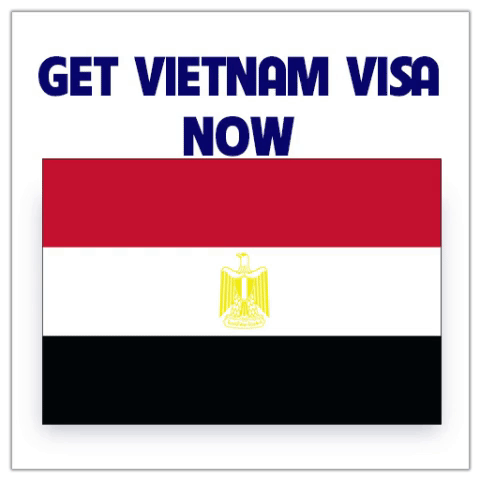
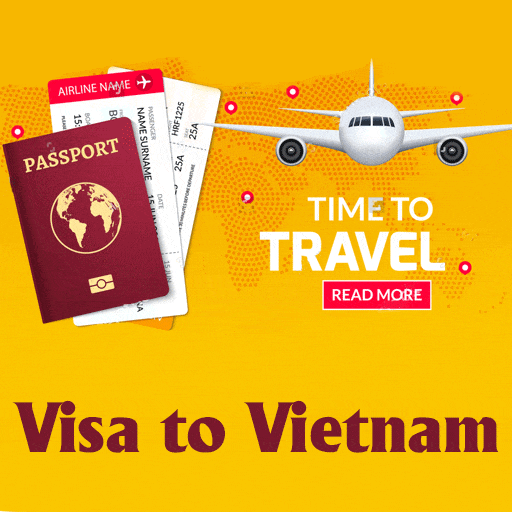
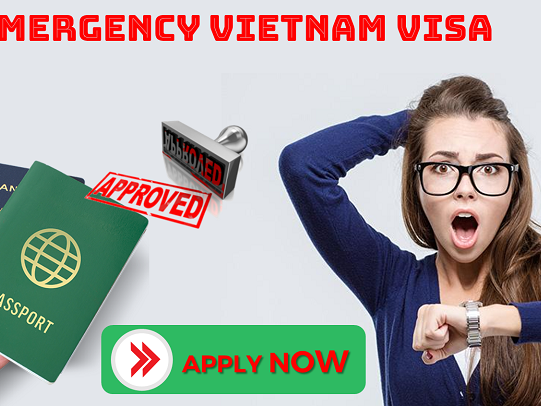




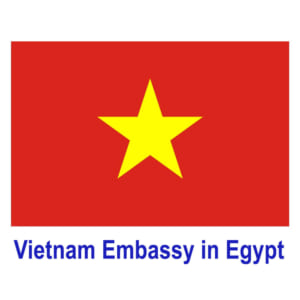

Leave a Reply